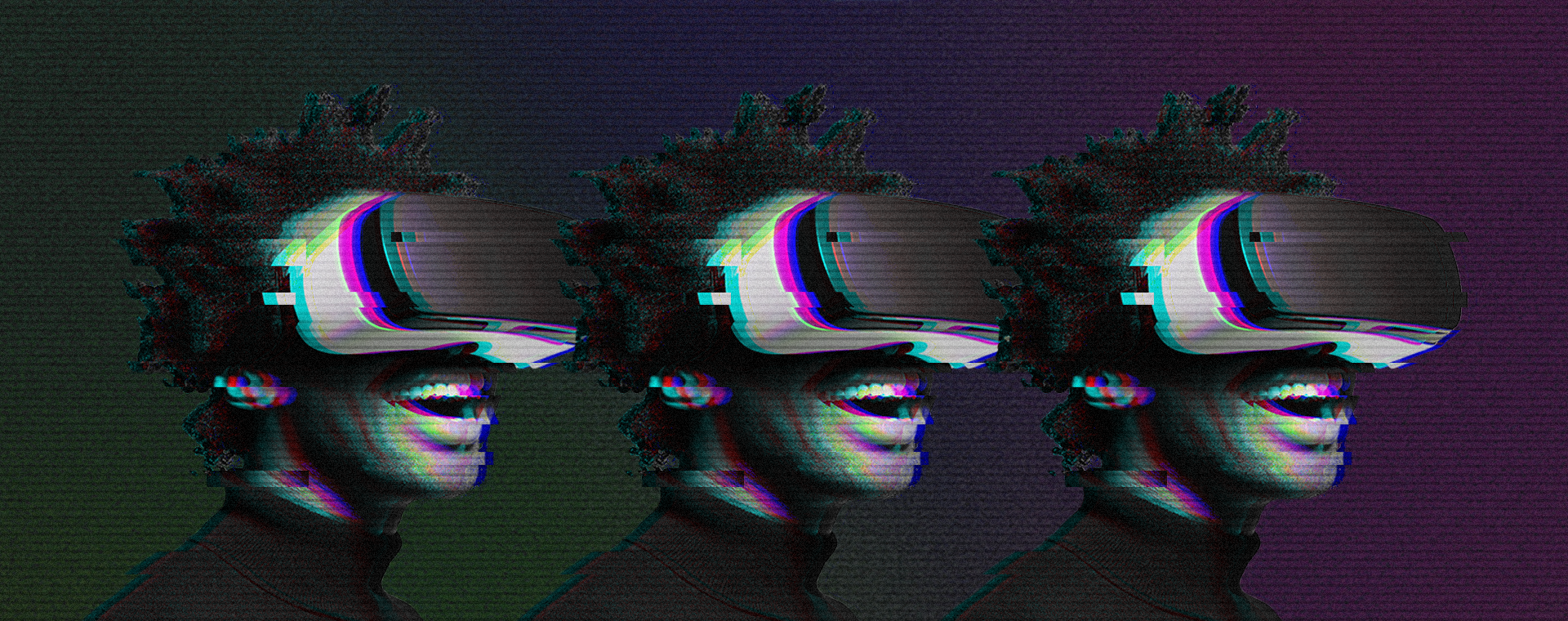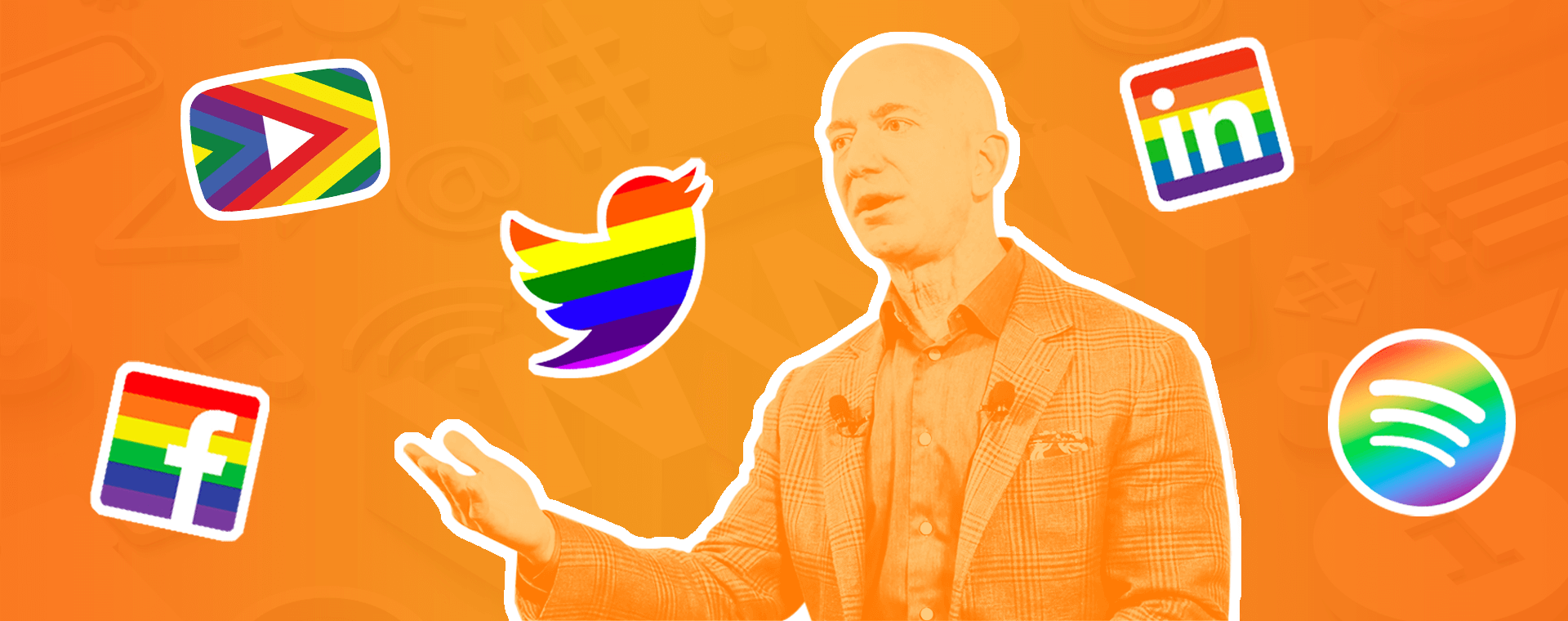The realities of VR marketing
By: Kaleigh Bulford
June 13, 2018 | Reading Time: 4 mins
If you’ve seen Altered Carbon or Blade Runner 2049, you’ve seen Hollywood’s vision of virtual reality and marketing working together. It’s big, bright, in your face, and impossible to ignore. It engages with you on a personal and visceral level, using the A.I. modern-day marketers can only fantasize about. While the technology isn’t there yet, it’s safe to assume it’s on the horizon. In fact, the projected economic impact of VR and AR technologies is expected to reach between 5 and 30 billion US Dollars worldwide by 2020. And, with large companies like Samsung and Facebook making huge investments into the technology, it’s clear VR is coming - for real this time.
The Advantages of VR
It’s easy to see why marketers are excited about virtual reality. VR presents the opportunity to explore completely new marketing strategies. While other digital marketing channels become stale and saturated over time, VR is fresh and exciting. Look at Volvo’s VR test drive of the XC90 SUV. When the car wasn’t showroom-ready, Volvo used VR to allow people to ‘test drive’ it ahead of time. Like me, you might be wondering, ‘what’s the point of a virtual test drive’, but the results speak for themselves. The campaign garnered over 238 million PR impressions, 159 million paid media impressions, 19 million social media impressions, nearly 4 million video views, 24 earned news stories and a half-million web page views. Most importantly, the entire run of first edition XC90s sold out in less than two days.
VR by its very nature is extremely immersive, making storytelling with an emotional impact even more achievable. ‘In Utero’, a 2-minute VR experience, was designed to promote the movie Alien: Covenant. It immersed fans into a particularly gruesome scene from the movie, allowing fans to experience it from the titular creature’s point of view. Fox plans on developing more of these VR experiences to release alongside their films.
With complementary technologies like facial recognition (think iPhone X) and eye-tracking being developed, VR could give us access to an unprecedented level of marketing data. Imagine what eye-tracking could do to improve impression tracking? You’re drooling now, aren’t you? It remains to be seen if these tools will become available to marketers, and while there are cool campaigns dipping into VR, they’re few and far between. With the technology still in its infancy, there are definite hurdles that need clearing before VR really takes off.
The Barriers to Virtual Reality Marketing
As a new technology, VR comes with greater challenges than even its little brother – augmented reality – which has seen significantly more success (I’m looking at you, Snapchat filters). These technical challenges make content development more expensive than other marketing assets and pose a greater threat to ROI. This is the most obvious hurdle for smaller companies that don’t have the resources to take financial risks. Luckily, there are less expensive alternatives, such as 360 environments and conventional marketing within VR spaces.
While VR is popping up in car and movie promotions, its origins are rooted in gaming. Because of this, the vast majority of headset owners are millennial men who love their Nintendo. This isn’t going to change until an industry with a broad demographic adopts the technology and leads diverse consumers to purchase headsets. With a low adoption rate, your best consumer touchpoint is the trade show booth rather than the living room – unless your market is pale-faced dudes with carpal tunnel.

Even when the use extends beyond gaming, VR will still be too expensive for the average consumer. Apart from the headset, most systems require a powerful computer, too. These rigs can easily run into the thousands of dollars. That said, cloud computing and mobile phone-based headsets, like the Samsung Gear VR are helping to solve this problem.
But there’s hope
Some marketers are skeptical. VR could be a fad that goes the way of QR codes and 3D movies. But for now, there’s reason for optimism. Large companies like Facebook, Samsung, and Sony are showing signs of good faith with huge financial investments. In 2014, Facebook purchased Oculus for billions of dollars, proclaiming VR as the next big thing™. They redesigned the Oculus for social media, pivoting away from those gamers we talked about. In 2017, they launched Facebook Spaces, a platform that allows people with VR headsets to virtually hang out. The latest step in their master plan? Facebook recently released the Oculus Go, a headset with a much more palatable price point for the average consumer, starting at $199 USD.
Step by step, Facebook is clearing the major hurdles, gaining momentum for VR to break through into the mainstream. When the breakthrough happens, you can bet marketers will be there with big, bright, in your face, ideas that are impossible to ignore. Let’s see where this goes.







